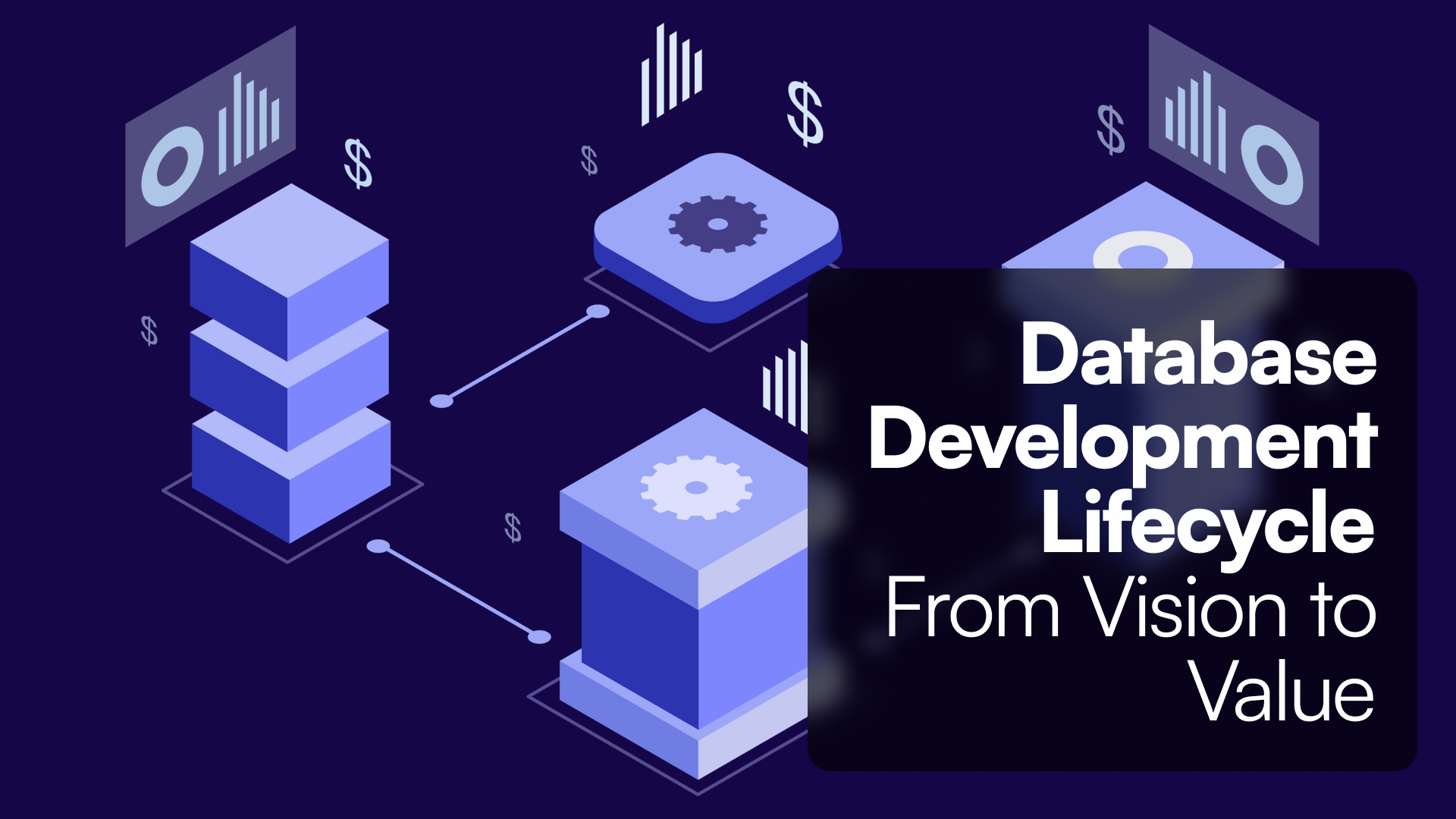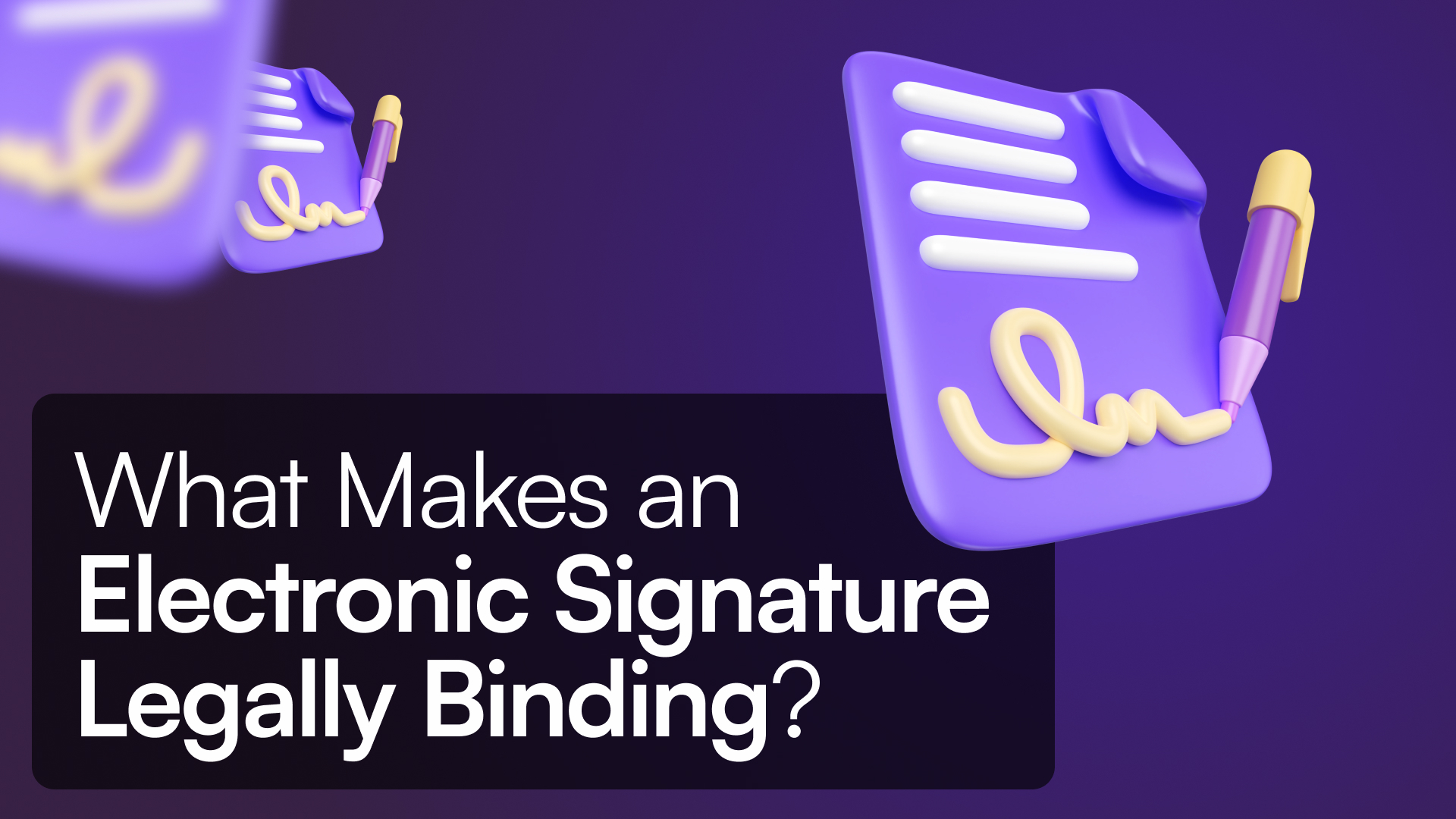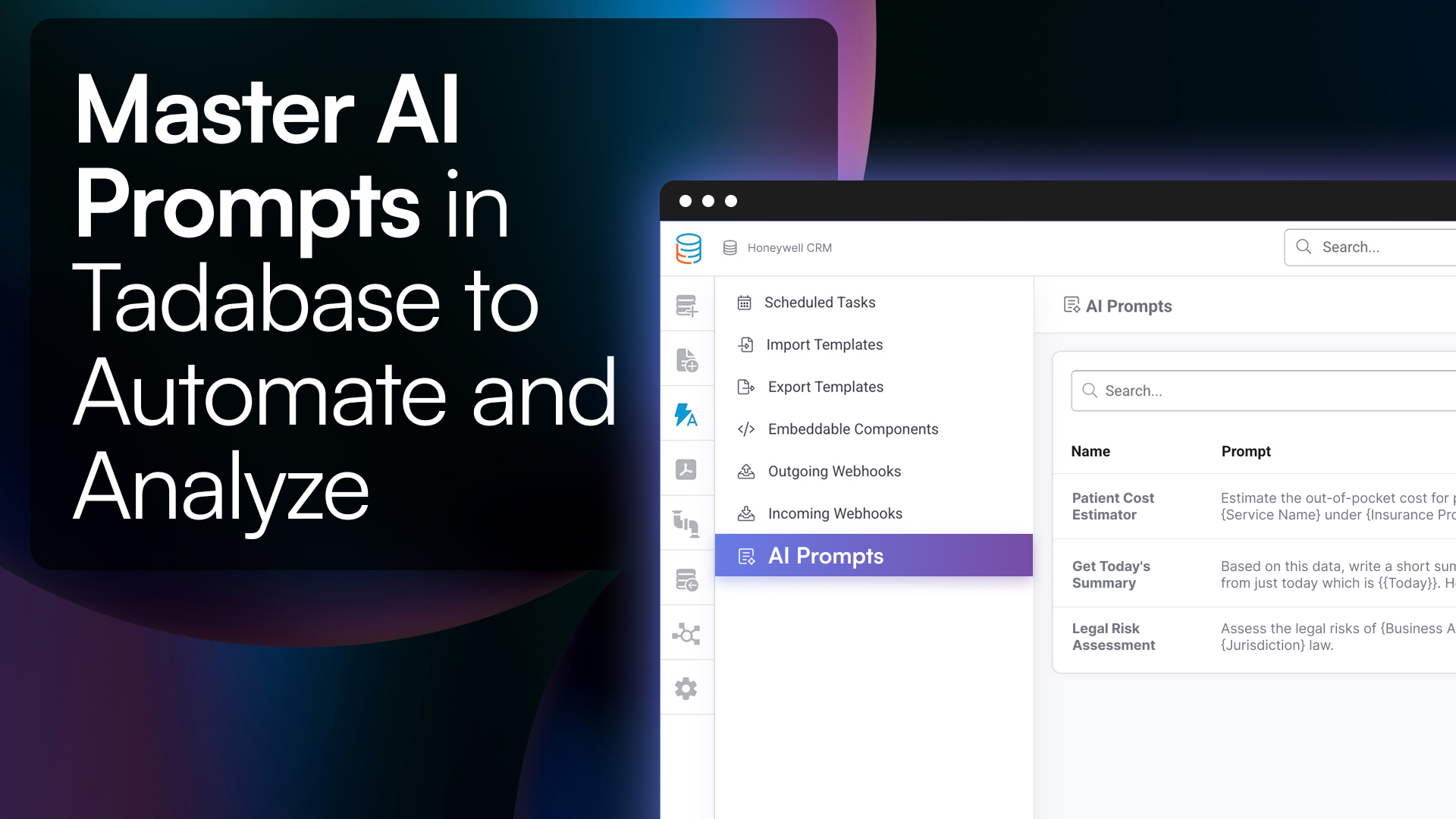Introduction
If you've ever wondered how businesses handle enormous amounts of data, the answer often lies in relational databases. They're the backbone of countless applications, from e-commerce platforms to financial systems, and knowing how they work can give you a significant edge, whether you're a developer or a business owner.
What is a Relational Database?
Let’s break it down simply: a relational database organizes data into tables (or "relations"). Each table consists of rows and columns, much like a spreadsheet. The columns represent the data fields (like customer names, emails, etc.), and the rows contain the actual data entries.
The magic happens with relationships. Tables are linked through keys, such as primary keys and foreign keys, allowing you to connect data across tables seamlessly. This structure makes it incredibly easy to retrieve specific data, perform complex queries, and maintain data integrity.
For example, consider an online store. You might have one table for customer information, another for orders, and a third for products. With a relational database, you can link these tables together, making it easy to pull up every order placed by a specific customer or every product associated with an order. Learn more about database management to see how it plays into the bigger picture.
Why Do Relational Databases Matter?
Relational databases are vital because they ensure data consistency, which means the data remains accurate and reliable even when multiple users access it simultaneously. They are also highly scalable, allowing you to add more data without sacrificing performance.
In addition, relational databases support powerful querying capabilities. Using SQL (Structured Query Language), you can easily retrieve, update, or manipulate data, making them a go-to solution for businesses of all sizes.
Common Use Cases of Relational Databases
- E-commerce: Track customer data, orders, inventory, and more.
- Finance: Manage transactions, account details, and financial records.
- Healthcare: Store patient records, appointments, and billing information.
- CRM Systems: Organize customer interactions, leads, and sales data.
If you're evaluating different database types, check out this guide to help you choose the best option for your needs.
How Does a Relational Database Differ from Other Databases?
Relational databases stand out from other types like NoSQL databases due to their structured nature and use of schemas. While NoSQL databases are great for handling unstructured data (like social media posts), relational databases excel in scenarios where data relationships and integrity are critical.
For instance, if you're building a content management system that doesn’t require strict data structure, a NoSQL database might be a better fit. But if you're dealing with an accounting system where data relationships are crucial, relational databases are the way to go. Understanding these differences can be key when making your decision.
How Do You Choose the Right Relational Database?
Not all relational databases are created equal. When choosing one, consider factors such as scalability, security features, and ease of use. Popular options include MySQL, PostgreSQL, and Microsoft SQL Server.
- MySQL: Open-source and widely used, it’s perfect for web applications.
- PostgreSQL: Known for its advanced features and standards compliance.
- Microsoft SQL Server: Ideal for enterprise-level applications, with strong support and robust features.
Each of these databases has its pros and cons, so it's essential to evaluate your specific needs and match them with the right solution.
How to Build a Relational Database
Building a relational database can seem complex, but breaking it down into steps makes it more manageable. Whether you're starting from scratch or using a platform to simplify the process, here's a guide to get you started:
1. Define Your Data Structure
Start by outlining the data you need to store and how it relates to other data. Think in terms of tables, where each table should represent a specific entity, like 'Customers' or 'Orders.' Define the columns for each table, which will represent the attributes of the entity, such as 'CustomerName' or 'OrderDate.'
2. Establish Relationships
Identify how your tables are related. For example, a 'Customer' might place many 'Orders,' creating a one-to-many relationship. This is where foreign keys come in, linking one table to another and establishing these relationships.
3. Normalize Your Data
Normalization is the process of organizing your data to minimize redundancy. This step ensures that each piece of data is stored only once, across all tables, which helps maintain data integrity and efficiency.
4. Choose the Right Database Management System (DBMS)
Depending on your needs, choose a DBMS that supports relational databases. Some popular options include MySQL, PostgreSQL, and Oracle. However, if you prefer a no-code solution that allows you to build custom applications with a relational database at its core, platforms like Tadabase can be a powerful alternative. With Tadabase, you can create and manage your database through an intuitive interface, without needing to write a single line of code.
5. Implement and Test
Once your structure is defined and your DBMS is chosen, implement your database. Begin creating tables, defining relationships, and inputting data. Testing is crucial here—make sure all relationships function as expected, and the data is stored correctly.
6. Maintain and Scale
As your data grows, your database needs to adapt. Maintenance tasks, like optimizing queries and backing up data, ensure smooth performance. If you're using a platform like Tadabase, many of these maintenance tasks are simplified or automated, allowing you to focus more on your application's growth rather than database management.
By following these steps, you can build a robust relational database tailored to your needs. And if you’re looking for a more accessible way to manage your data while building custom applications, Tadabase offers a user-friendly platform that integrates relational database management with powerful application-building tools. Whether you're a developer or a business owner, Tadabase can help you get the most out of your data.
The Future of Relational Databases
Relational databases are continually evolving. With the rise of cloud computing and big data, they're becoming even more scalable and efficient. Cloud-based relational databases like Amazon RDS and Google Cloud SQL offer flexible, on-demand infrastructure, making it easier than ever to manage massive datasets.
If you're considering moving your relational database to the cloud, it’s essential to understand the benefits and challenges. Cloud solutions provide scalability, but they also come with concerns around data security and cost management.
Conclusion
Relational databases are a cornerstone of modern data management. Their ability to maintain data integrity, support complex queries, and scale with business needs makes them an indispensable tool. Whether you’re managing a small startup or a large enterprise, choosing the right relational database can set the foundation for your data strategy. Dive deeper into database management and see how relational databases can elevate your business.
Frequently Asked Questions
What is a relational database in simple terms?
A relational database is a way to store and organize data into tables with rows and columns, much like a spreadsheet. The tables are linked by relationships, making it easy to connect and retrieve related data across different tables.
How does a relational database work?
A relational database works by storing data in tables, and these tables are linked through keys (primary and foreign keys). You can retrieve and manipulate data using SQL, which allows you to perform complex queries to get specific information from the database.
Why use a relational database?
Relational databases are used because they ensure data consistency, support complex queries, and can handle large amounts of data. They are also scalable and provide powerful tools to manage and manipulate data efficiently.
What are the advantages of relational databases?
Advantages include data integrity, the ability to handle large datasets, scalability, and powerful querying capabilities. They also support complex relationships between data, making them suitable for a wide range of applications.
What is the difference between a relational database and a NoSQL database?
The main difference is that relational databases use a structured schema and organize data into tables, whereas NoSQL databases handle unstructured data and do not require a fixed schema. Relational databases are ideal for scenarios where data integrity and relationships are important, while NoSQL databases are better for handling large volumes of unstructured data.
What are common relational database systems?
Some of the most common relational database systems include MySQL, PostgreSQL, Microsoft SQL Server, and Oracle Database. Each has its strengths, and the choice depends on specific business needs.
How do I choose the right relational database for my business?
When choosing a relational database, consider factors like scalability, security, ease of use, and the specific needs of your application. MySQL is great for web apps, PostgreSQL for advanced features, and Microsoft SQL Server for enterprise solutions. For a more detailed comparison, you can read our guide on choosing the best database software in 2025.
What is SQL, and why is it important for relational databases?
SQL (Structured Query Language) is the standard language used to interact with relational databases. It allows you to query, update, insert, and delete data. SQL is crucial because it provides a way to manage and manipulate data efficiently within a relational database.
Can relational databases handle big data?
Yes, relational databases can handle big data, but it depends on the system's design and the infrastructure used. Many businesses use cloud-based relational databases like Amazon RDS or Google Cloud SQL to manage large datasets effectively.
What is the future of relational databases?
The future of relational databases is tied to advancements in cloud computing and big data technologies. Cloud-based relational databases offer scalability, flexibility, and efficiency, making them a critical tool for businesses managing massive datasets. Additionally, ongoing improvements in database technology will continue to enhance performance and capabilities.
What is the difference between relational and non-relational databases?
Relational databases organize data into tables with rows and columns, where each row represents a record, and each column represents a data attribute. These databases use SQL (Structured Query Language) for queries and support ACID (Atomicity, Consistency, Isolation, Durability) transactions. Common examples include MySQL, PostgreSQL, and Oracle.
Non-relational databases, also known as NoSQL databases, store data in a more flexible format, such as key-value pairs, documents, or graphs. They are designed to handle unstructured or semi-structured data and scale horizontally more easily than relational databases. Examples include MongoDB, Cassandra, and Redis.
When should I use a relational database over a non-relational one?
Relational databases are best suited for applications that require structured data, complex queries, and transactions that need to adhere to strict consistency. For example, financial applications, enterprise resource planning (ERP) systems, and customer relationship management (CRM) platforms often rely on relational databases.
Non-relational databases are ideal when dealing with large volumes of unstructured or semi-structured data, such as in real-time web applications, social networks, or IoT (Internet of Things) systems. They are also preferable when the application needs to scale quickly across multiple servers.
Can I use both relational and non-relational databases in the same application?
Yes, it's possible to use both types of databases within the same application, a strategy known as polyglot persistence. This approach allows you to leverage the strengths of both database types for different aspects of your application. For instance, you might use a relational database for structured data and transactional operations, while using a non-relational database for handling large-scale, unstructured data such as user activity logs.
What are the performance differences between relational and non-relational databases?
Relational databases are typically optimized for complex queries and transactions, making them faster for operations that require joining tables or ensuring data integrity. However, they may struggle with scaling across multiple servers.
Non-relational databases, on the other hand, excel in performance when it comes to handling large volumes of data and scaling horizontally. They are generally faster for operations involving unstructured data, but they may sacrifice consistency in favor of availability and partition tolerance, depending on the specific database.
How do relational databases ensure data consistency?
Relational databases use ACID properties (Atomicity, Consistency, Isolation, Durability) to ensure data consistency. These properties guarantee that transactions are processed reliably and that the database remains in a consistent state even in the case of errors or system failures.
What are some limitations of relational databases?
Relational databases can be limited by their rigid schema design, which may make it difficult to handle unstructured data or adapt to changing data requirements. They can also face challenges in scaling horizontally across distributed systems, which can be a drawback for applications requiring high availability and large-scale data processing.
Which database is more cost-effective: relational or non-relational?
The cost-effectiveness of a database depends on your specific use case. Relational databases may require more resources for complex queries and transactions, while non-relational databases may be more cost-effective for handling large-scale, unstructured data with less need for strict consistency. However, the total cost will also depend on factors like infrastructure, maintenance, and scaling requirements.








